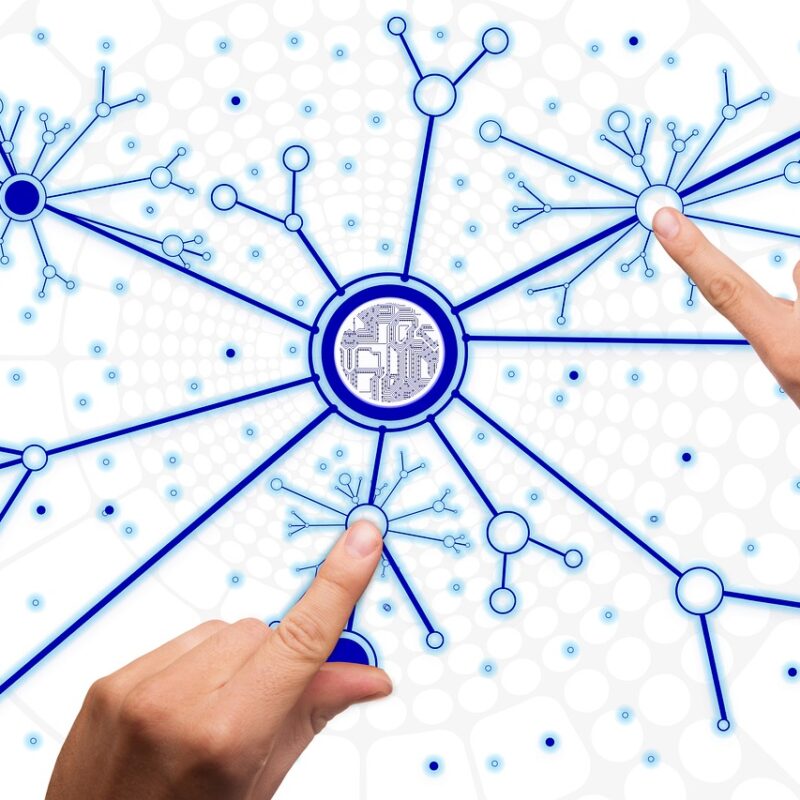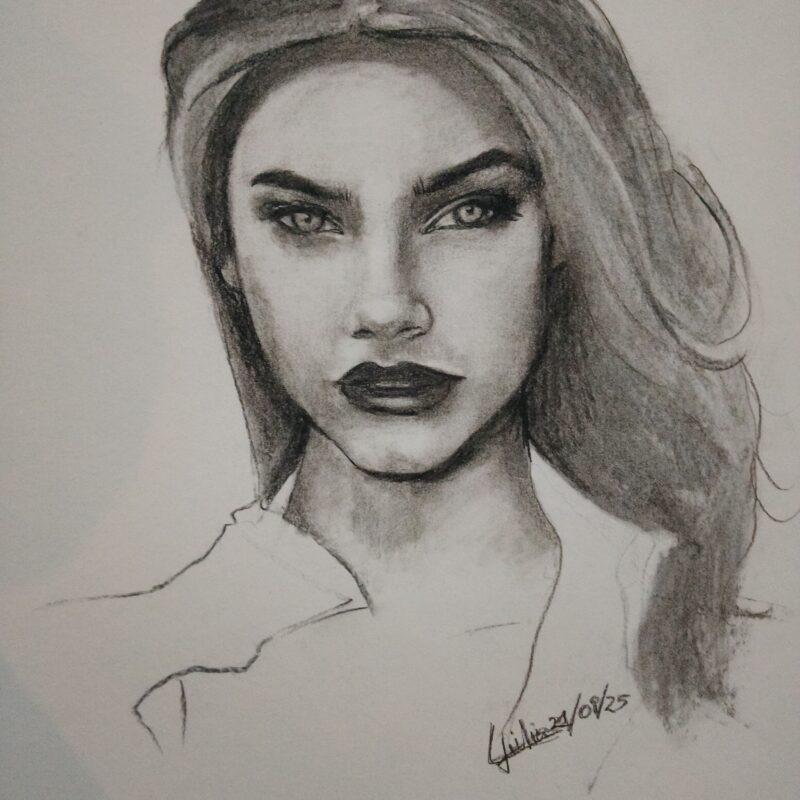Introduction
More and more often, minimally invasive surgery is preferred to more aggressive procedures.
Various parts of the face and body can be reshaped with Morphodynamic Cosmetic Surgery methods, avoiding the need for invasive operations in later years.
Facial Profiloplasty and Harmonization
All parts of the face are interconnected: modifying one area produces effects on the others. Morphodynamic Cosmetic Surgery restores or improves facial harmony and volume balance, enhancing one’s features and youthful appearance. Strategic intervention points are identified after an in-depth Morphodynamic Facial Analysis, ensuring treatments that respect the natural physiognomy.
Morphodynamic Facial Analysis
This is the first step to fully understand one’s facial structure and to choose the best treatment plan with awareness.It involves both static parameters (volumes, angles, curves) and dynamic ones (expressions, muscle activity, functions). Only a comprehensive assessment avoids unnatural results. Comparison with past photographs is fundamental to detect age-related and functional changes.
Facial Rejuvenation
A youthful face is characterized by full volumes, smooth skin, and harmony between all regions. Aging, however, is a dynamic process that affects all tissue layers:
Skin: thinning, loss of elasticity and dermal atrophy.
Intermediate layer: muscle and fat atrophy, sagging tissues.
Bone: resorption and loss of projection.
Effective rejuvenation requires combined action:
Anatomical remodeling of lost volumes (from the bone plane upwards).
Myomodulation to reduce negative muscle dynamics.
Biostimulation and tissue firming.
Tissue repositioning through threads and regenerative methods.
Unlike traditional filler use (which is temporary, migrates and may appear unnatural), morphodynamic threads stimulate tissues, induce mild fibrosis and collagen production, ensuring more durable and natural outcomes.
Minimally Invasive Facelift
Through traction and anchoring threads, combined with regenerative medicine, tissues are lifted step by step:
Upper face (forehead, eyebrows)
Midface (cheeks, zygomatic area)
Lower third (jawline, neck)
Advantages: minimal scars, progressive and preventive results, restoration of youthful volumes.
Limitations: gradual process requiring adaptation, several recovery periods, not ideal for advanced aging cases (where traditional facelift is preferred).
Early and Youth Interventions
Morphodynamic techniques can be applied from adolescence (16–17 years) to correct disharmonies early.
Principle: “function modifies form”. For example, oral breathing issues or muscular imbalances can alter facial growth negatively. Small interventions after facial analysis can positively redirect development.
“Morphodynamic Attractive Face” Technique
A face is perceived as attractive when it follows universal criteria:
Eye shape and proportion.
Balanced harmony of all parts.
Youthful and healthy look.
Familiarity and symmetry.
Skin quality.
Secondary sexual traits.
Expressive dynamics.
Personalized morphodynamic procedures enhance natural features without forcing the face into standardized models.
Minimally Invasive Rhinoplasty
Significant nasal improvements can be obtained without traditional surgery.
By altering muscular dynamics and inserting resorbable threads, nasal function and aesthetics can be corrected—even after previous rhinoplasties.
Morphodynamic Eye Rejuvenation
Traditional blepharoplasty removes excess skin but does not fully rejuvenate the gaze.
A young, attractive eye is elongated, adequately projected, full in the upper eyelid, and supported by orbital and periorbital volumes. Morphodynamic methods consider all these aspects, tailoring rejuvenation strategies accordingly.
Lip Rejuvenation
Attractive lips show turgidity, a well-defined Cupid’s bow, a clear philtrum, and natural dynamics.Excessive filler infiltration can stiffen and deform lips. Morphodynamic methods instead restore form and motion, respecting youthful parameters and achieving natural sensuality.
Neck and Jawline Rejuvenation
The lower third of the face shows aging most clearly.Morphodynamic methods address neck flaccidity and jawline sagging by acting in multiple layers (skin, subcutaneous, connective) to restore tone and elasticity—without the long-term side effects of surgical incisions.
Regenerative Sessions with Autologous Stem Cells
Adipose tissue is rich in adult mesenchymal stem cells (MSCs), capable of regenerating damaged tissues.Small fat grafts can:Rejuvenate and revitalize atrophied tissues.Improve function.Restore youthful volumes.This is a natural, biocompatible and regenerative approach to anti-aging.
Anti-Cellulite and Firming Treatments
Cellulite is an inflammatory and fibrotic tissue condition. Morphodynamic protocols use local lipolytic, antifibrotic, and microcirculation-activating treatments to restore physiological balance.
Firming sessions improve skin tone through intradermal injections and connective stimulation.
Gluteal Remodeling and Lifting
Traditional methods (fillers, implants, fat grafts) have limitations.
Morphodynamic Cosmetic Surgery instead modifies muscular dynamics of the glutei, leading to:
Firming
Lifting
Projection
Shaping
Combined with autologous fat grafts, results are natural, stable, and definitive.



